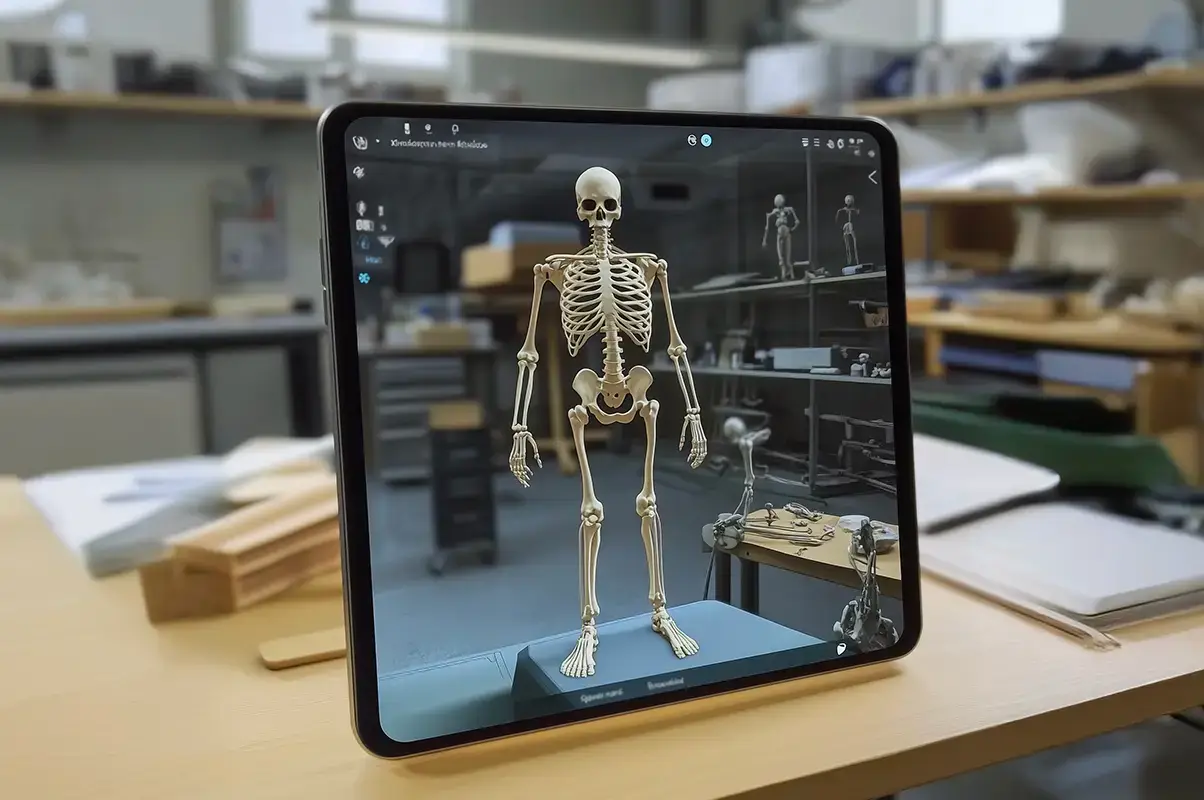What is Metaverse as a Service?

The Metaverse, once a concept relegated to science fiction, is now evolving into a practical and transformative tool for businesses to create an online presence. This shift has given rise to the idea of Metaverse-as-a-Service (MaaS)—a business strategy that integrates companies into virtual worlds to provide tailored solutions across diverse industries.
MaaS operates by opening new avenues for business interactions within popular Metaverse platforms. By leveraging existing Metaverse infrastructure and user bases, businesses can build their virtual presence through Metaverse-as-a-Service, adapting their approach to suit each environment.
What use cases are there for Metaverse-as-a-Service?
The Metaverse has created favorable conditions for several industries, including e-commerce, education, marketing, and music. Here’s how MaaS is revolutionizing these fields:
E-commerce: Virtual storefronts in the Metaverse offer customers an immersive way to engage with products. Unlike traditional online shopping, which is often limited to static images and descriptions, Metaverse-as-a-Service storefronts can provide detailed 3D representations of products, enabling users to interact with them in innovative ways.
Education: MaaS allows for immersive learning environments where complex theories can be visualized or students can engage with practical examples interactively. Virtual classrooms and simulations enhance understanding by offering a hands-on approach to education.

Marketing: Metaverse-as-a-Service is changing the landscape of marketing, providing unique opportunities for brands to interact with consumers through virtual events, pop-up shops, and even permanent virtual brand ambassadors.
Music: The music industry has embraced Metaverse-as-a-Service through concerts in the Metaverse and 3D avatars of artists. Metaverse concerts allow fans to experience performances in ways that were previously unimaginable, broadening the scope of live entertainment.
For businesses, MaaS is a low-cost, digital-first approach that harnesses the power of virtual environments to create custom experiences that would be difficult or impossible to replicate in the physical world.
Key features of Metaverse-as-a-Service platforms
MaaS platforms rely on several core features to deliver a seamless and engaging user experience:
Interactivity: The Metaverse is inherently interactive, and for MaaS platforms to succeed, they must support a variety of user interactions. This includes not only basic actions but also accessibility features to ensure that Metaverse-as-a-Service platforms are inclusive.
Interoperability: For a consistent user experience, MaaS solutions must be interoperable across multiple platforms. This means ensuring that users can move between different virtual worlds without losing their data or experience, while still leveraging the unique aspects of each Metaverse-as-a-Service platform.
Scalability: A key advantage of the virtual world is its ability to scale. Businesses can respond to changes in user demand quickly and efficiently using Metaverse-as-a-Service, often at a fraction of the cost of physical infrastructure.
Web3 Integration: Blockchain-based technologies support decentralized ownership of virtual assets, a crucial feature for Metaverse-as-a-Service platforms. This integration enhances the consistency and efficiency of virtual transactions, fostering trust and stability in the MaaS economy.

These components work together to ensure that businesses can create a meaningful presence in the Metaverse that is both immersive and scalable, making the MaaS experience more engaging for users and more effective for businesses.
How can businesses enter the Metaverse?
Establishing a Metaverse-as-a-Service platform requires careful planning and the right strategy. Here are the steps businesses should consider:
The first step is identifying which Metaverse aligns with the target market. Different Metaverse websites attract different demographics, so understanding your audience is key for Metaverse-as-a-Service integration. It’s also important to be aware of the hardware and software requirements—some platforms are open and accessible, while others are more restricted.
Once the right platform is selected, businesses can establish their virtual presence through MaaS. This can be done using the platform’s creator tools, which are designed to help businesses efficiently build and optimize Metaverse enterprises.
For companies seeking a more tailored experience, forming a partnership with a metaverse service agency might be the best route to achieve their MaaS goals. Collaborating with a creative team of experts can help you create a bespoke Metaverse-as-a-Service presence that stands out from the crowd.
How do different industries leverage the Metaverse?
Several companies have already successfully integrated MaaS into their business models. Let’s look at two case studies:
-
- Nike and Roblox – Nikeland: Nike’s Nikeland, within the Roblox ecosystem, is a great example of a Metaverse-as-a-Service brand activation. This virtual platform is modeled after Nike’s headquarters and offers an interactive experience where users can try out Nike products, create their own accessories, and even purchase virtual assets. Nikeland has attracted 31.5 million visitors across 200 countries, showcasing the massive potential for engagement through MaaS.

- Siemens Industrial Metaverse: Siemens is using Metaverse-as-a-Service to develop “digital twin” technology, creating virtual counterparts for physical machines, grids, and engineering systems. Acting as a metaverse service agency through partnerships with companies like Sony and Microsoft, Siemens is advancing the concept of MaaS to enable more sustainable and efficient factory planning.
Immersive marketing strategies though Metaverse-as-a-Service
For businesses looking to market in the Metaverse, the following strategies can help maximize impact:
Embrace the unique features of each platform. Every Metaverse platform has its own quirks and capabilities. For example, Fortnite is known for gamified experiences and bombastic Metaverse concerts, while Roblox allows users to customize game mechanics. Understanding the platform’s unique features helps brands tailor their marketing strategies for MaaS.
Offer value to the audience: the Metaverse is not a captive audience, and users will only engage with your business if you offer something worthwhile. For example, virtual items that users can display on their avatars could attract attention. Well-designed digital assets can help facilitate your Metaverse-as-a-Service goals.

Leverage hype to build long-term engagement: big, press-worthy events like pop-ups or concerts in the Metaverse can generate excitement. Once the buzz dies down, businesses need to maintain engagement through a permanent, easily accessible MaaS presence that allows users to easily interact with their products and services.
FAQ
What is a Metaverse event?
A Metaverse event is a virtual gathering held on one of the Metaverse platforms, such as Roblox, Meta Horizon Worlds, or Decentraland. These events can range from small-scale meetups to large-scale cultural landmarks, like Travis Scott’s Metaverse concert in Fortnite.
What are the four types of Metaverses?
The four main types of Metaverses are:
- Gaming-based: Focused on shared-world gameplay and entertainment.
- Commercial: Designed for the exchange of goods and services. MaaS most commonly accompanies this type of Metaverse.
- Social: Centered around communication and community-building.
- Educational: Facilitating virtual learning and interactions between students and educators.
What is an example of a Metaverse?
Fortnite is a good example, serving not just as a game but as a social hub, cultural space, and venue for Metaverse concerts.
Is the Metaverse dead yet?
While early hype around the Metaverse has subsided, the technology and infrastructure behind it have matured. Virtual platforms now serve permanent, practical use cases such as e-commerce, education, and social networking, ensuring the Metaverse’s continued relevance.
How do I access the Metaverse?
Most Metaverse platforms are accessible via PCs and mobile devices, and can be accessed simply by registering an account on a Metaverse website. Some platforms may require specialized hardware, such as VR headsets, but many are open to users with basic computing devices.
What will the Metaverse replace?
The Metaverse is not meant to replace traditional digital interactions but to offer an immersive alternative. It adds a new layer to how we connect, utilizing advanced technologies like computer graphics and AI, alongside existing forms of virtual interaction.



